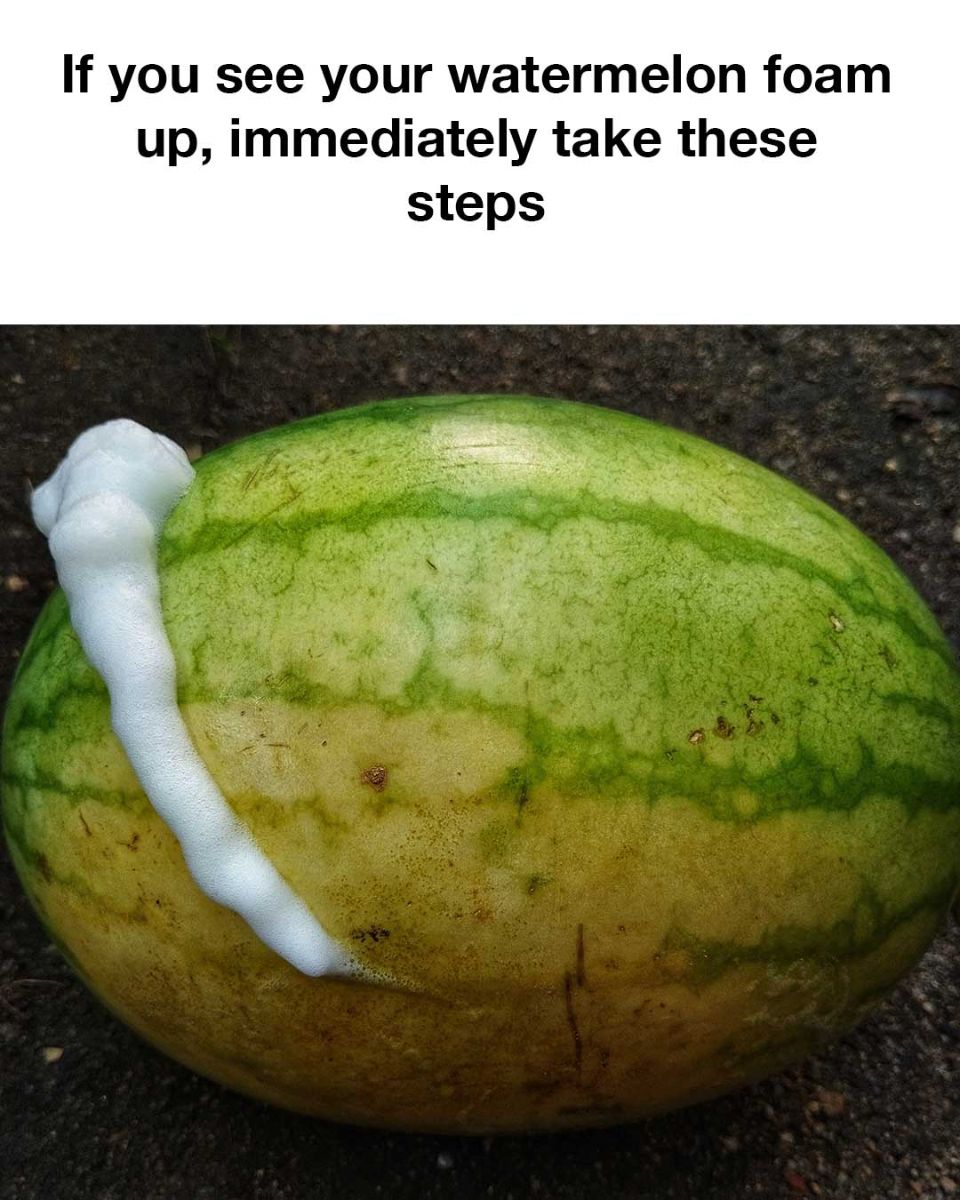Watermelons are a refreshing and delicious summer fruit, loved for their juicy, sweet taste and hydrating properties. However, under certain conditions, watermelons can exhibit a surprising and alarming behavior: foaming.
If you notice your watermelon foaming, it’s crucial to act quickly. This phenomenon, while uncommon, can signal potential safety hazards. Here’s what you need to know and the steps you should take to ensure your safety.
Why Is My Watermelon Foaming?
Foaming in watermelons is often due to fermentation, which occurs when yeast or bacteria begin to break down the sugars in the fruit. This process generates carbon dioxide gas, which can create foam. The causes of this fermentation can vary:
- Overripe Fruit: When a watermelon becomes overly ripe, its natural sugars break down more rapidly, making the fruit more susceptible to fermentation.
- Microbial Contamination: If a watermelon is contaminated with yeast or bacteria, these microbes can feed on the sugars in the fruit, leading to fermentation. Contamination can occur if the watermelon has a puncture or crack in the rind, allowing microbes to enter.
- Temperature Changes: Watermelons stored in fluctuating temperatures or in warm conditions for extended periods can begin to ferment. Warm environments are conducive to microbial growth and activity.
- Pesticide or Chemical Residue: In rare cases, chemical residues on the fruit’s skin can lead to chemical reactions that cause foaming. While this is less common, it’s a possibility worth considering.
Is a Foaming Watermelon Dangerous?
see continuation on next page
ADVERTISEMENT
